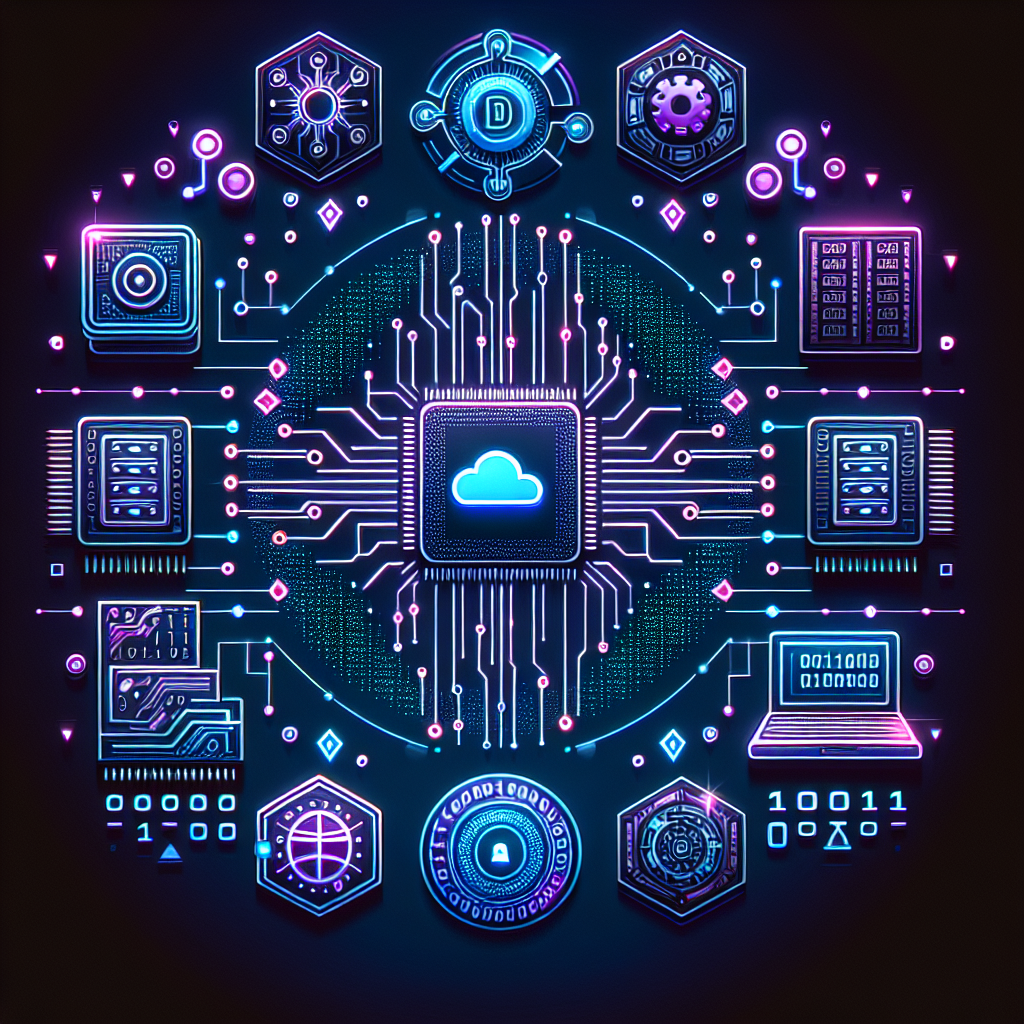Your cart is currently empty!
The Future of Data Backup and Recovery: Trends to Watch

Data backup and recovery have always been essential components of a comprehensive IT strategy. With the increasing volume of data being generated by organizations, the need for reliable and efficient backup and recovery solutions is more critical than ever. As we look towards the future, several trends are emerging that will shape the way data is protected and recovered.
One of the key trends in data backup and recovery is the adoption of cloud-based solutions. Cloud backup offers several advantages over traditional on-premises solutions, including scalability, cost-effectiveness, and ease of use. With the rise of cloud computing, more and more organizations are turning to cloud backup services to safeguard their critical data. In addition, cloud-based backup solutions also provide greater flexibility and accessibility, allowing organizations to easily access and restore their data from anywhere in the world.
Another important trend in data backup and recovery is the increasing use of artificial intelligence and machine learning technologies. These technologies are being used to improve the efficiency and effectiveness of backup and recovery processes. AI-powered backup solutions can automatically prioritize and optimize backups, identify potential risks, and predict potential data loss events. By leveraging AI and machine learning, organizations can enhance their backup and recovery capabilities and ensure the security and integrity of their data.
Data deduplication is also a key trend to watch in the realm of data backup and recovery. Deduplication technology eliminates redundant data by only storing unique data blocks, which helps to reduce storage requirements and improve backup speeds. As organizations continue to generate vast amounts of data, deduplication will become increasingly important in optimizing backup and recovery processes.
Furthermore, the rise of ransomware attacks has highlighted the importance of having robust backup and recovery strategies in place. Ransomware attacks can encrypt critical data and demand a ransom for its release, making data backup and recovery essential for mitigating the impact of such attacks. Organizations are increasingly investing in backup and recovery solutions that can quickly restore data in the event of a ransomware attack, minimizing downtime and data loss.
In conclusion, the future of data backup and recovery is evolving rapidly, driven by advancements in technology and the increasing complexity of data environments. Cloud-based solutions, artificial intelligence, data deduplication, and ransomware protection are just a few of the trends that will shape the way organizations protect and recover their data in the coming years. By staying abreast of these trends and leveraging the latest technologies, organizations can ensure the security and availability of their critical data in an increasingly data-driven world.

Leave a Reply